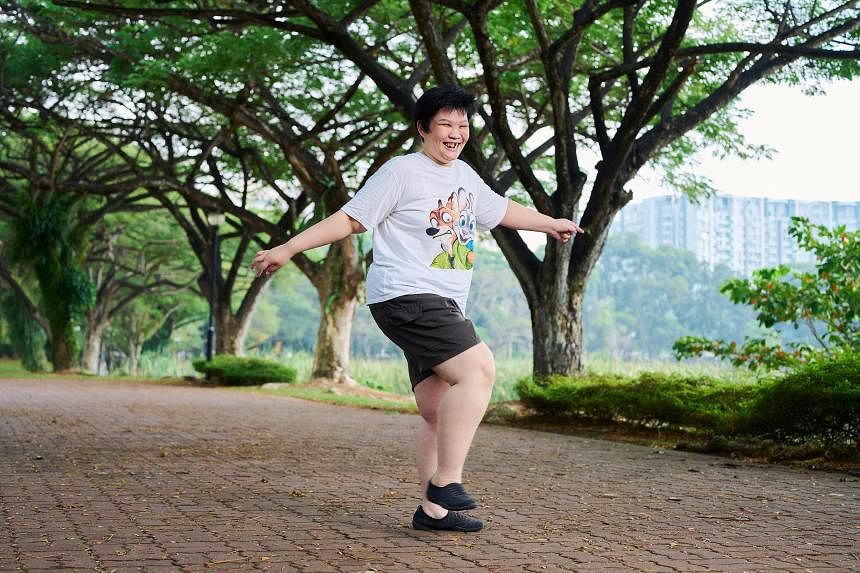SINGAPORE – There are a good 35 years between them, but stroke survivors Joanne Liow, 36, and Richard Lee, 71, share one passion: Taking back their lives and health.
They will be among 600 participants at the starting line of the Singapore National Stroke Association (SNSA) annual walkathon on Saturday.
Stepping Out For Stroke, as the event is called, aims to raise awareness about the medical condition, celebrate the resilience of its survivors, and promote a healthy and active lifestyle.
Participants will be walking, running and wheeling themselves for 1km or 2km to raise funds for SNSA.
They will be flagged off from Our Tampines Hub by Senior Parliamentary Secretary for Social and Family Development, and Culture, Community and Youth Eric Chua.
Stroke occurs when blood supply to the brain is disrupted, resulting in damage to brain cells. It can have serious, even life-threatening consequences.
According to the Ministry of Health, stroke is the fourth-leading cause of death in Singapore, with a prevalence of 4 per cent among adults aged 50 and above.
The latest Singapore Stroke Registry Report in 2020 stated that the disease accounted for 8 per cent of deaths here. It is also the biggest cause of long-term disability, which includes impaired speech, restricted physical abilities, weakness or paralysis of limbs on one side of the body, and a slowed ability to communicate.
While stroke is more common in older people, it can occur to anyone at any age. The Stroke Registry Report showed there was a rise in incidence rates among people aged 30 to 49 between 2010 and 2020.
The rate for those aged 30 to 39 increased from 20.9 per 100,000 population to 21.1. And for those between the ages of 40 and 49, it rose from 71.9 to 96.1.
Ms Liow, who works in human resources, belongs to the first group. She was diagnosed with diabetes and hypertension in 2016 after giving birth to her son.
In November 2022, she had her first stroke, which was not diagnosed, and she was discharged from hospital.
She had a second stroke a month later.
“I was told the second stroke was an asthma attack, and I was discharged after two days in the ward,” she said. “It was only after I took a course in first aid that I realised the symptoms I had then – dizziness, numbness in the face and loss of speech – were from a stroke.”
On the third day of Chinese New Year in 2023, Ms Liow suffered a third stroke. It weakened her hands and rendered her partially blind – and it also served as a wake-up call.
“No more hotpots, no more buffets, no more junk food; and I have been walking and attending Zumba classes.
“I have lost a lot of weight – 18kg to be exact,” Ms Liow said, adding that an operation earlier in October had helped restore her sight, allowing her to take part in the walkathon.

Also taking part in the walkathon is Mr Lee, who had a stroke in January 2022.
The septuagenarian, who was in the construction industry, worked long hours and ate irregularly at hawker centres.
“I also entertained clients and would drink with them,” he said.
He discovered he had high blood pressure only after a routine check-up at a polyclinic in 2019. But he was not able to continue taking his hypertension medication for two months during the Covid-19 pandemic due to restrictions.
Today, the retiree eats home-cooked meals and sleeps enough. He also practises taiji every week with a group, The Soaring Cranes, and walks 1km daily, making the event he is about to participate in “a breeze”.
Those who are interested in making a donation to help SNSA can do so at str.sg/ipyR


